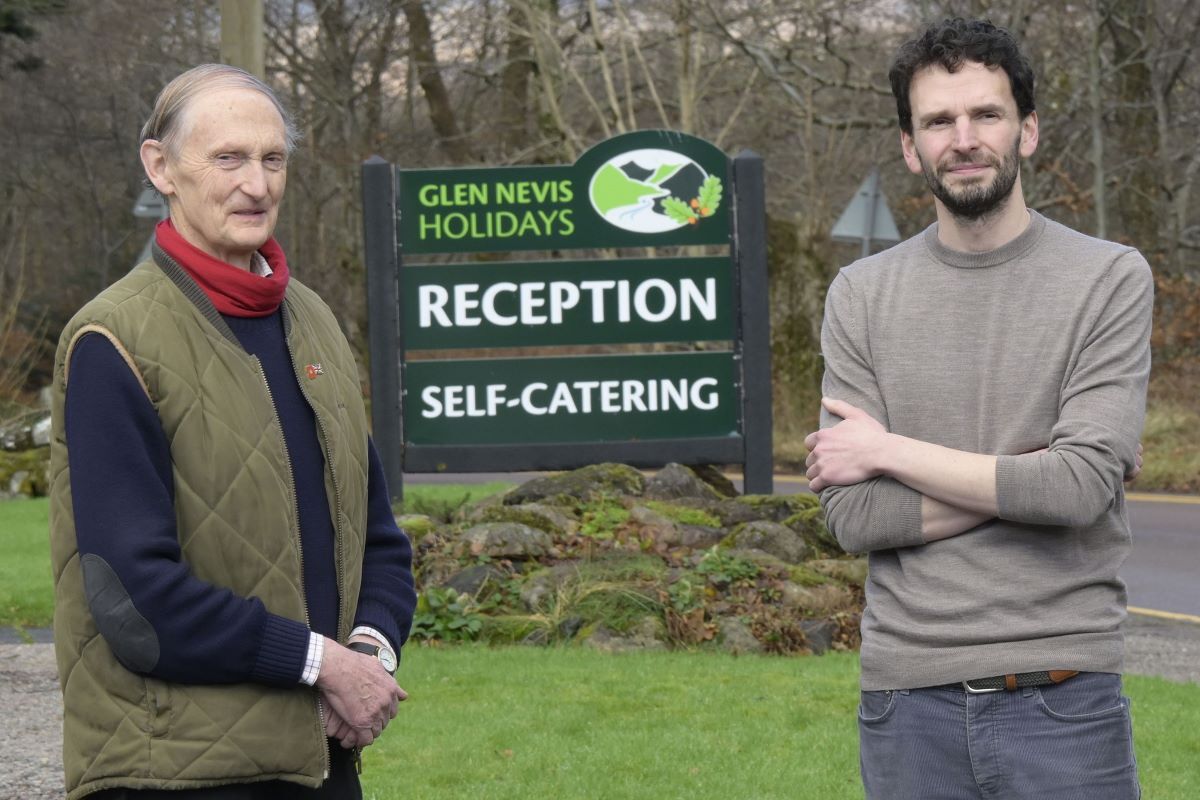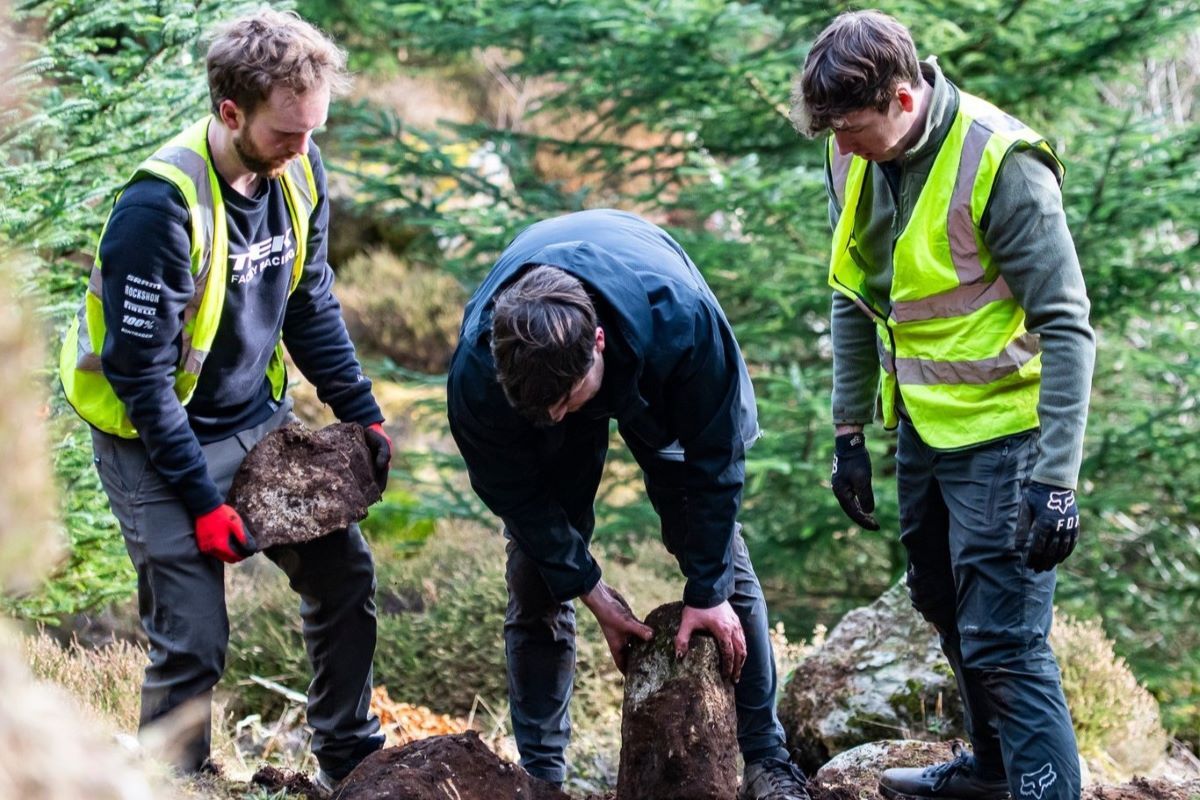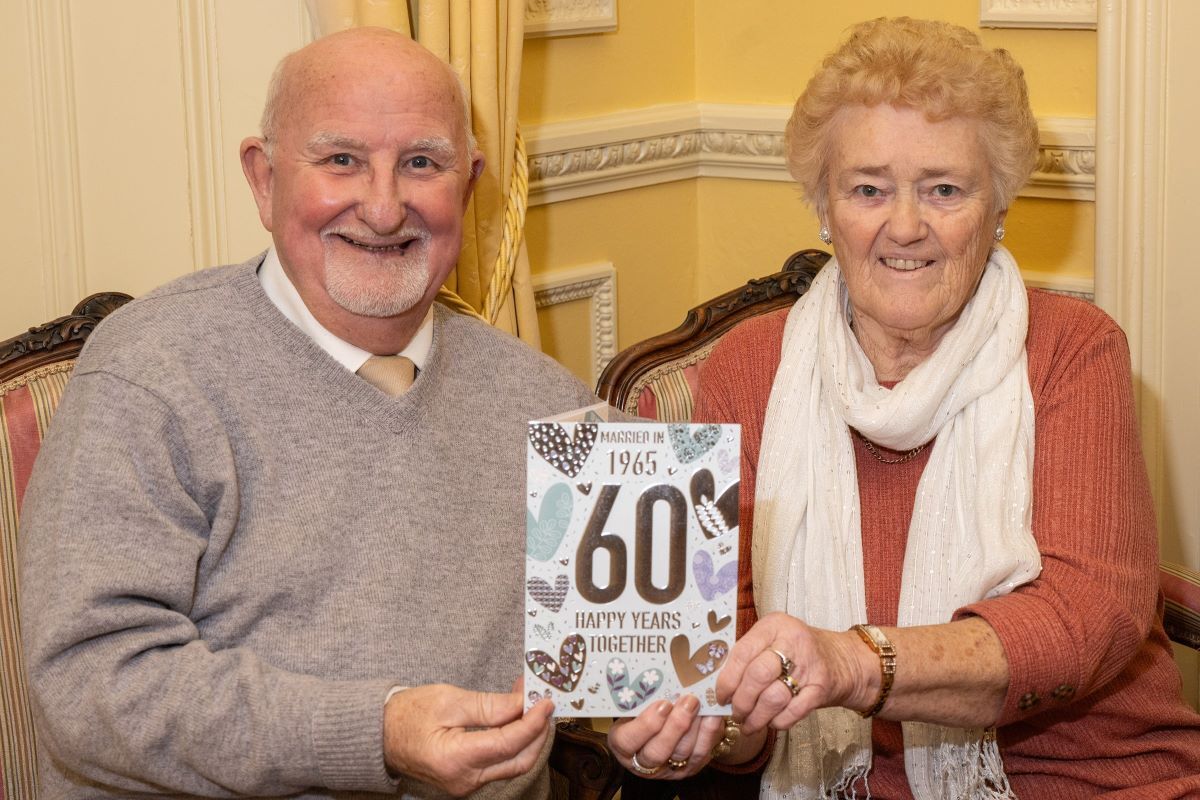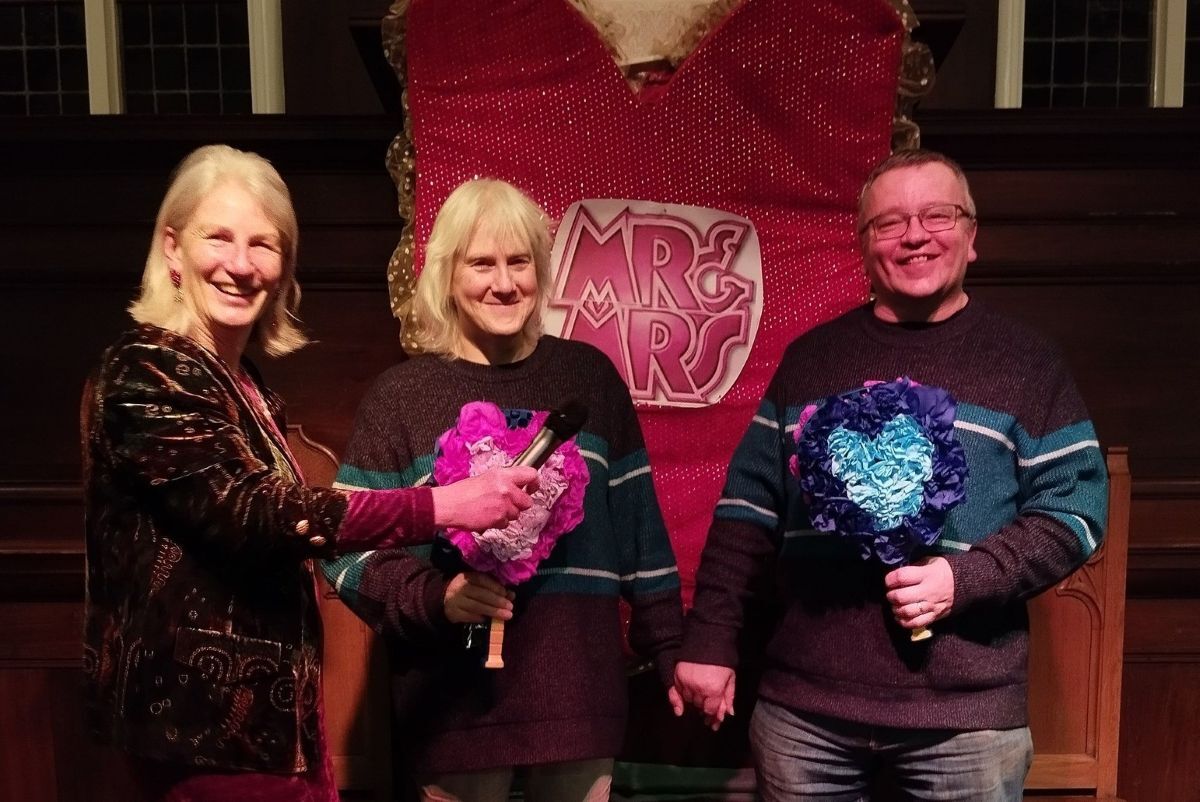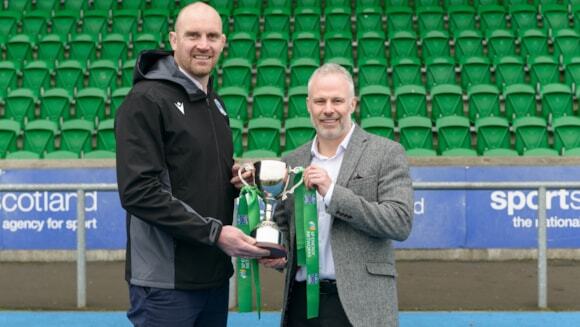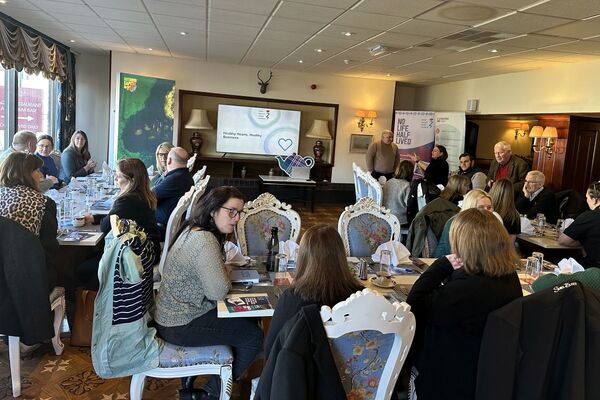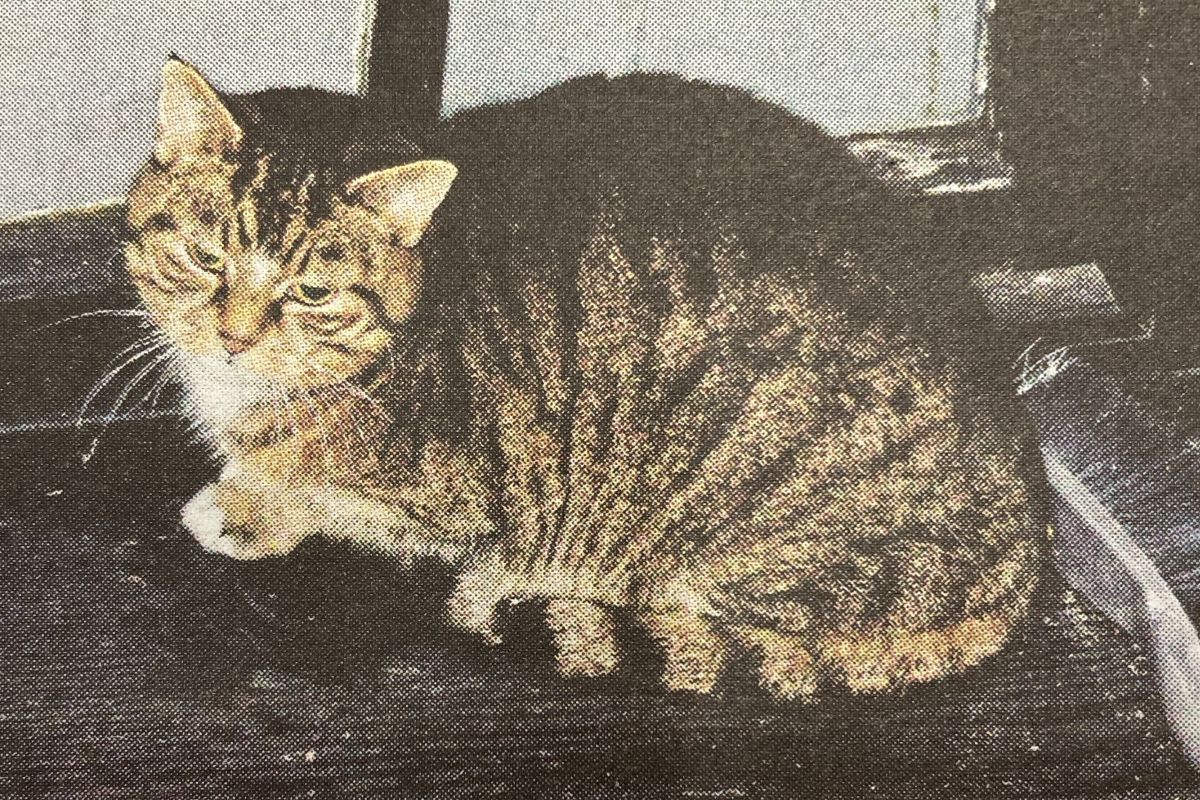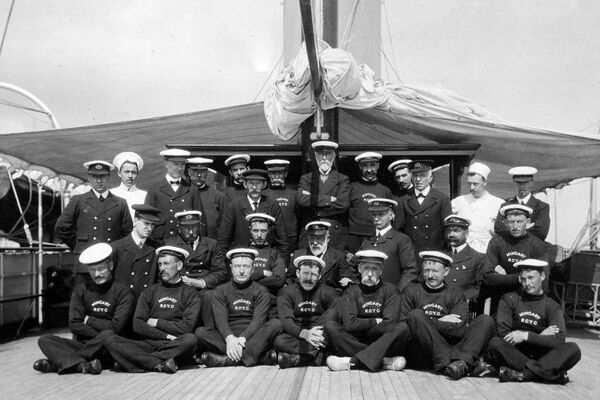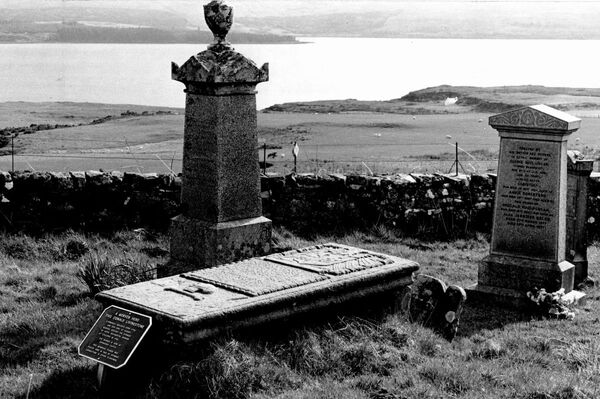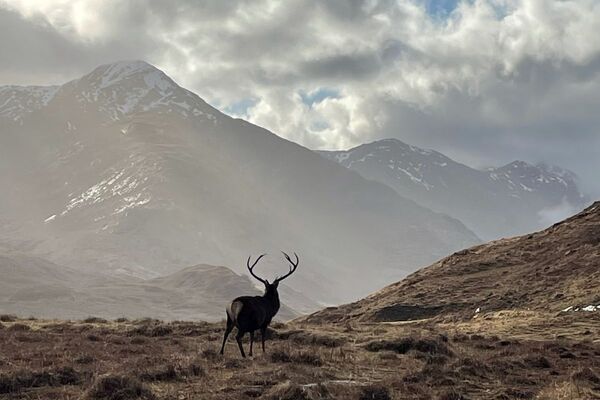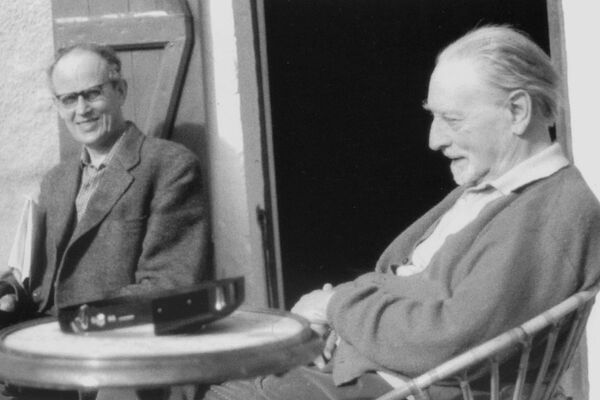When a collie dog saved an airman's life on Jura...
The sight and sound of a Catalina flying boat, which landed at Connel airport 12 years ago, brought back many memories for those living in Argyll and in the vicinity of the Sound of Mull during the Second World War, when there was a small squadron of them stationed in Oban.

Poignant memories, too, for the folk living at the north end of Jura, where one crashed on July 15 1941, killing seven of the eight crew members aboard.
Catalina AH533 of No 210 Sqn, RAF, had been to Helensburgh for a refit. When the aircraft returned to Connel, the weather was so bad that when it attempted to land it sustained damage and was forced to become airborne again. The plane flew south with the intention of landing out at sea to await better inshore conditions but, as a result of low cloud, it struck the north east side of Cruach na Seilcheig on Jura, near the head of Glen Trosdale, where it was destroyed by fire.
When nothing further was heard from the crew, a search was mounted the following day by their colleagues in three Catalinas. Two returned to base without finding them, but the third spotted the burnt-out remains scattered across the hillside.
At dawn the next day, seven bodies were removed and shortly after a large maintenance crew from Connel arrived to dispose of the wreckage. Much of it was cut up and buried deep in the surrounding peat or dragged downhill into the thickly wooded ravine below where it can still be seen.
About a week after the crash, Malcolm Mackinnon, from Kinuachdrachd, and Dugald Campbell, a shepherd on the nearby island of Scarba, were in the area gathering sheep when they heard one of their collie dogs barking furiously at something in the ravine below the crash site.
On investigating, they found aircraftman J Kelly, the eighth crew member, who had been in the tail compartment, still alive but with two broken legs. He had managed to crawl away from the wreckage to avoid being burnt but somehow he had been missed by the search team.
A horse and sledge, used for carrying deer, was quickly brought up from Barnhill - where George Orwell came to live five years later - and in due course the injured man was eventually transported to a Glasgow hospital.

For many years afterwards, Mr Kelly kept in touch with Mr Mackinnon and later his son Iain, who lives in nearby Kilmelford and retains so much of Jura’s traditional and social history.
It would be nice to think the collie, which undoubtedly saved Mr Kelly’s life, was given a suitable award and mentioned in official records. The bodies of those killed were repatriated and buried close to their homes, except Pilot Officer Edward Pinches, 25, of the RAF Volunteer Reserve and Cpl Simner-Jones, 24, RAF, who were interred in Pennyfuir Cemetery on the outskirts of Oban.

Three aircraft crashed on St Kilda shortly after the Catalina crashed on Jura. Their story and the names of the casualties are recorded inside the island’s church.
It is well known that when St Kilda was evacuated on August 29 1930, 36 men, women and children landed in Morvern to begin a new life on the Scottish mainland. Even before this momentous event - which was orchestrated by the over-zealous resident nurse and an interfering Labour government in Westminster - several ties bound the two places together.
George Herbert Strutt, who bought Kingairloch on the Morvern peninsula - later becoming a base for top secret midget submarines - went regularly in his steam yacht “Sanda” to buy tweed for his family and estate employees.
Later, in 1922, the Reverend Alexander MacDiarmid, the highly popular United Free Church minister of Morvern from 1882 to 1924, made the journey to preach to the inhabitants. It was on one such visit that he presented a copy of his translation of The Lord’s Prayer, “Urnuigh An Tighearna,” to every household on the Island - a work said at the time to have enriched the library of Gaelic religious literature.
There were other visitors who commented on the welcome they received.
Times have changed and if the experience of several indigenous neighbours who went out there not long ago is typical, it appears that visitors are not encouraged by the National Trust for Scotland, which is the present custodian.
The first two arrived after battling the 40-odd miles by yacht from Harris in stormy weather. Anchoring in Village Bay in the gloaming, they went ashore to stretch their legs but before they had taken a few steps up the beach they were told: “You cannot land here.”
Gaelic was obviously not the person’s first language, nevertheless the word “failte” (welcome) might have been more appropriate given the circumstances.
Most visitors respect the island’s wildlife and appreciate that it won’t always be possible to visit every corner during the bird nesting season, but they should not be made to feel like tourists to a foreign country 100 years ago.
The St Kildans, whom I had the pleasure of knowing in Morvern, were amongst the most hospitable people I have met – and would be embarrassed if they knew how their successors were behaving.
There was a time when every householder on the island would have considered it an honour if a stranger knocked on their door.
Rum used to be known as the ‘forbidden island’ - have we another in the offing?
Latest News
JOBS
Business Development Manager - Highland Broadband
Sign up to our daily Newsletter
Permission Statement
Yes! I would like to be sent emails from West Coast Today
I understand that my personal information will not be shared with any third parties, and will only be used to provide me with useful targeted articles as indicated.
I'm also aware that I can un-subscribe at any point either from each email notification or on My Account screen.
You may also like
Super yachts in West Highland waters
Heroes and a hymn from across the Atlantic
The vanishing red deer of the Highlands
A unique Hebridean laird
Latest News
JOBS
Business Development Manager - Highland Broadband


